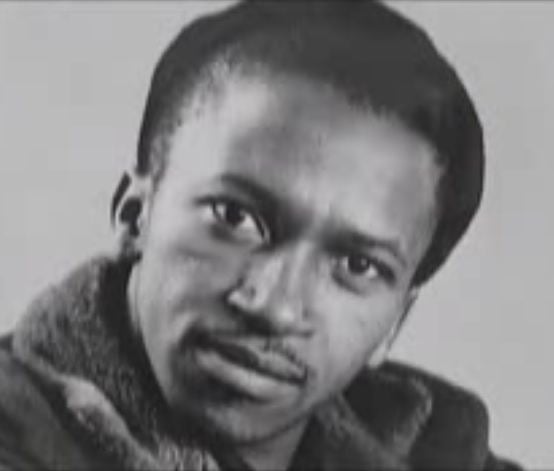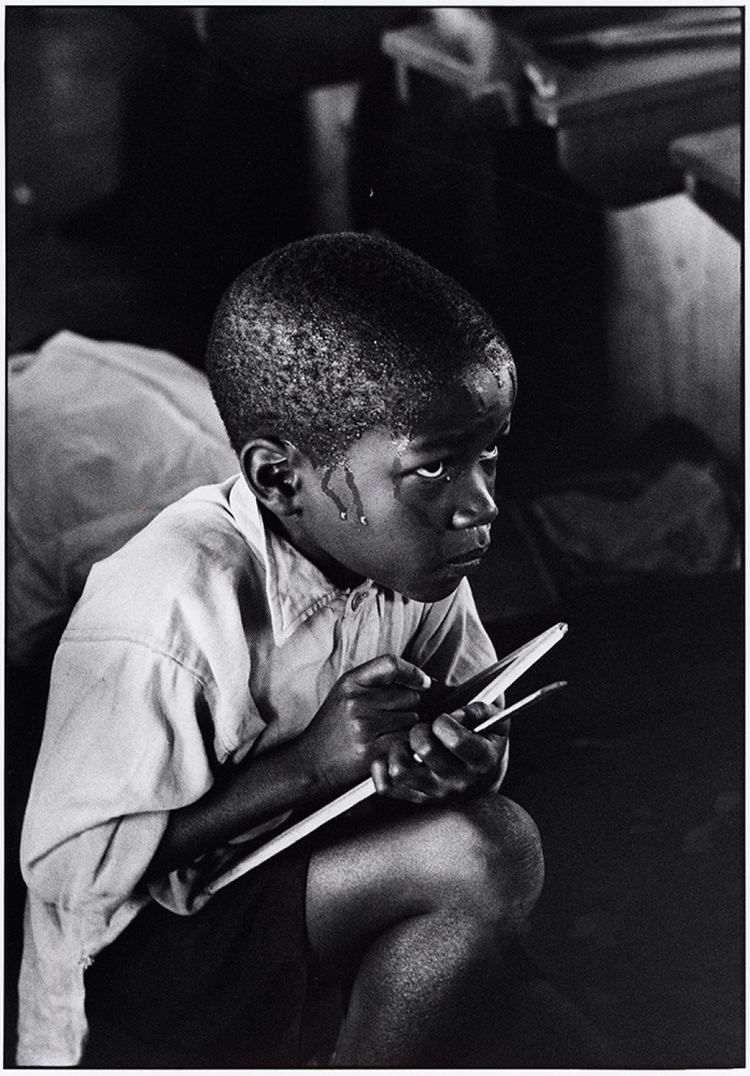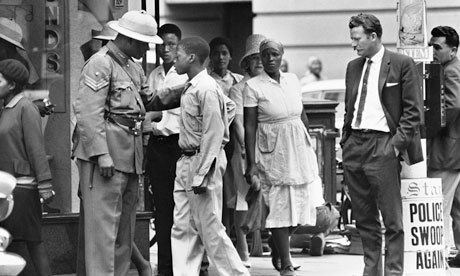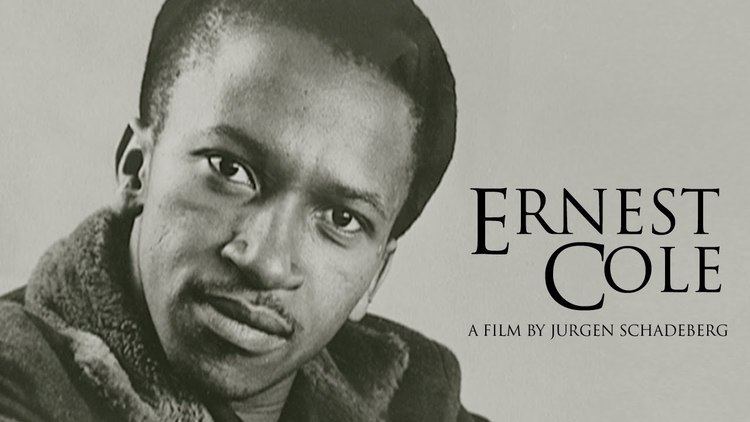Name Ernest Cole Role Photographer | Books House of Bondage | |
 | ||
Died February 1990, New York, United States | ||
The story of ernest cole a black photographer in south africa during apartheid
Ernest Cole (1940 - 19 February 1990) was a South African photographer. In the early 1960s, he started to freelance for clients such as Drum magazine, the Rand Daily Mail, and the Sunday Express. This made him South Africa’s first black freelance photographer.
Contents
- The story of ernest cole a black photographer in south africa during apartheid
- Ernest cole trailer
- Overview
- Ernest Cole Award
- Publications by Cole
- Publications about Cole
- Documentaries
- Selected group exhibitions
- References

Ernest cole trailer
Overview

Cole was a black South African, born in Eersterust in Pretoria, in 1940. He left school when the Bantu Education Act was put into place in 1953, and instead completed his diploma via correspondence. He started taking photographs at a very young age, and in the 1950s was given a camera by a Roman Catholic priest, with which Cole broadened his portfolio. As he himself put it: "I quit school in 1957 rather than go along with the 'bantu' education for servitude which had become more strict than before."

In 1958, he applied for a job with Drum magazine. Jürgen Schadeberg, the picture editor, employed him as his assistant. Cole also started a correspondence course with the New York Institute of Photography.

While working for Drum, Cole began to mingle with other talented young black South Africans—journalists, photographers, jazz musicians, and political leaders in the burgeoning anti-apartheid movement—and became radicalized in his political views. He soon decided on a project that entailed recording the evils and daily social effects of apartheid.
He then worked at the Bantu World newspaper (later renamed The World - now The Sowetan), where he continued his career as a photographer.
Seeking to leave South Africa, he became re-classified as a "Coloured." As a result, he was able to leave for New York City in 1966. He secretly took his apartheid project prints with him. He showed his work to Magnum Photos and this resulted in a publishing deal with publishing rights owned by Random House. The resulting book, House of Bondage (1967), was banned in South Africa.
In the book, Cole writes: "Three-hundred years of white supremacy in South Africa has placed us in bondage, stripped us of our dignity, robbed us of our self-esteem and surrounded us with hate."
Later he received a grant from the Ford Foundation for another book, A study of the Negro family in the rural South and the Negro family in the urban ghetto. This was never published although he did take a number of photographs.
Cole later moved to Sweden, where he took up filmmaking. The apartheid photos he had taken were used extensively by the ANC in their various publications.
Cole died of cancer in New York City on 18 February 1990 at the age of 49.
Ernest Cole Award
The annual Ernest Cole Award was initiated in 2011 under the auspices of the University of Cape Town.
